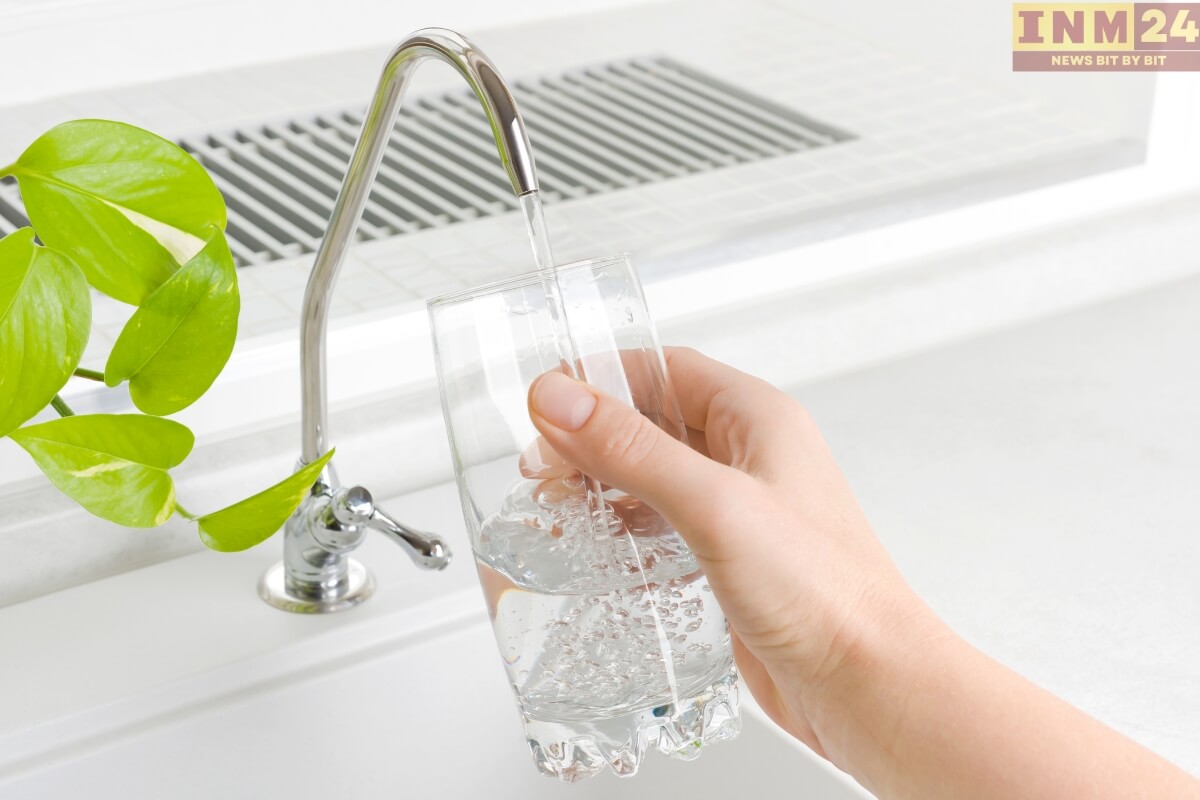Sinus rinsing, also known as nasal irrigation or nasal douching, is a common practice used to alleviate symptoms of nasal congestion, allergies, and sinus infections. It involves flushing out the nasal passages with a saline solution to remove mucus, allergens, and irritants. While sinus rinsing can be beneficial for many individuals, it’s crucial to exercise caution when choosing the water used for this purpose.
Risks of Using Non-Sterilized Tap Water for Sinus Rinsing
Using non-sterilized tap water for sinus rinsing poses potential risks, as it may contain harmful microorganisms, including brain-eating amoebas. These amoebas, scientifically known as Naegleria fowleri, are naturally found in warm freshwater environments such as lakes, rivers, and untreated swimming pools. When introduced into the nasal passages through contaminated water, Naegleria fowleri can cause a rare but severe infection known as primary amebic meningoencephalitis (PAM), which affects the brain and spinal cord.
The risk of contracting a Naegleria fowleri infection through sinus rinsing is relatively low, but the consequences can be devastating. Symptoms of PAM typically include severe headache, fever, nausea, vomiting, and altered mental status, and the infection progresses rapidly, often leading to coma and death within a matter of days.
Preventing Waterborne Infections During Sinus Rinsing
To mitigate the risk of Naegleria fowleri infection and other waterborne illnesses, it’s essential to use only sterile or properly filtered water for sinus rinsing. Sterile saline solutions specifically designed for nasal irrigation are readily available over-the-counter at pharmacies and medical supply stores. These solutions are formulated to be safe and effective for nasal irrigation, providing a convenient and reliable option for maintaining nasal hygiene.
Alternatively, you can prepare a saline solution at home using distilled or boiled water that has been properly cooled. Distilled water undergoes a purification process that removes impurities and contaminants, while boiling water for at least one minute effectively kills harmful microorganisms, including Naegleria fowleri. Once cooled, the boiled or distilled water can be mixed with salt to create a saline solution suitable for sinus rinsing.
In summary, while sinus rinsing can offer relief from nasal congestion and other sinus-related symptoms, it’s crucial to prioritize safety when choosing the water used for this practice. Avoid using non-sterilized tap water for sinus rinsing, as it may harbor brain-eating amoebas and other harmful pathogens. Instead, opt for sterile saline solutions or properly filtered water to ensure a safe and effective nasal irrigation experience. By taking these precautions, you can enjoy the benefits of sinus rinsing while minimizing the risk of waterborne infections.
